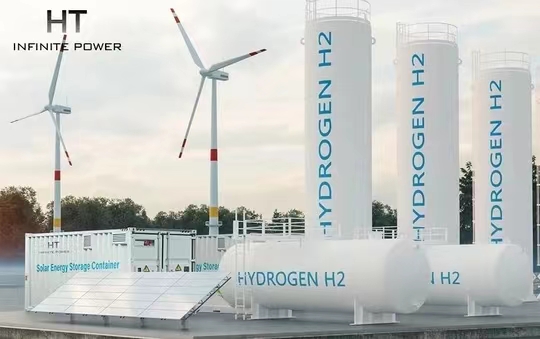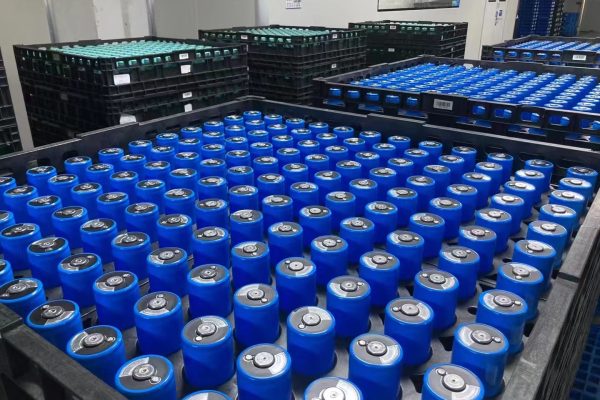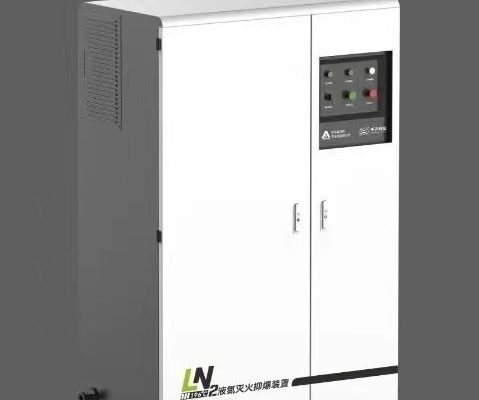The First Impression Matters
In energy storage system (ESS) exports, the initial quotation is often the buyer’s first impression of an exporter’s professionalism and market positioning. A quotation that is too aggressive may win attention but risk profits, while one that is too conservative may lose competitiveness. Striking the right balance is critical for converting inquiries into long-term business.
1. The Role of Initial Quotations
- Benchmark for Buyers: Sets expectations about pricing, warranty, and product scope.
- Negotiation Foundation: Serves as the starting point for adjustments.
- Trust Signal: A clear, well-structured quotation builds credibility and reduces doubts.
Exporter Tip: Never treat initial quotations as mere price lists—they are part of your marketing strategy.
2. Common Pitfalls in Initial Quotations
- Underpricing: Attracts interest but leaves no room for negotiation or margin.
- Overpricing: Signals lack of market awareness and may discourage buyers.
- Incomplete Information: Missing technical parameters, Incoterms, or payment terms can frustrate clients.
- Overly Technical Language: Confuses non-technical buyers.
3. Balancing Competitiveness
- Market Research: Benchmark prices in target regions before quoting.
- Tiered Options: Provide multiple packages (basic, standard, premium) to meet different budget levels.
- Highlighting Value, Not Just Price: Emphasize warranty, certifications, and after-sales service.
4. Protecting Profit Margins
- Build in Negotiation Space: Leave a buffer (5–10%) for discounts without eroding margins.
- Transparent Cost Structure: Clarify inclusions (packaging, certifications, documentation) to justify price.
- Risk Premiums: Add margin for high-risk markets or small batch orders.
- Avoiding Hidden Costs: Ensure shipping, customs, and insurance costs are considered.
5. Strategic Use of Trade Terms
- FOB vs. CIF: Clarify who bears logistics costs to avoid hidden price pressure.
- DDP Offers: Attractive but should include clear cost breakdowns to protect profit.
- Regional Preferences: Adapt trade terms to buyer expectations while keeping margins safe.
6. Psychological Impact of Quotations
- Professional Formatting: Clean, branded quotations look more trustworthy.
- Logical Pricing Structure: Break down costs by component or service.
- Confidence in Communication: Avoid apologetic language—buyers equate confidence with reliability.
7. Long-Term View vs. Short-Term Gains
- A slightly lower margin in the first order can be acceptable if it secures long-term cooperation.
- Trial orders may require more competitive pricing, but larger follow-ups should compensate.
- Protect reputation: Buyers remember fairness and consistency more than one-time discounts.
Smart Quoting Builds Sustainable Business
Balancing competitiveness and profit in initial quotations requires more than just knowing costs. It involves market awareness, strategic structuring, and clear communication. Exporters who manage this balance effectively can attract buyers, protect profitability, and position themselves as professional, reliable partners in the global ESS trade.









